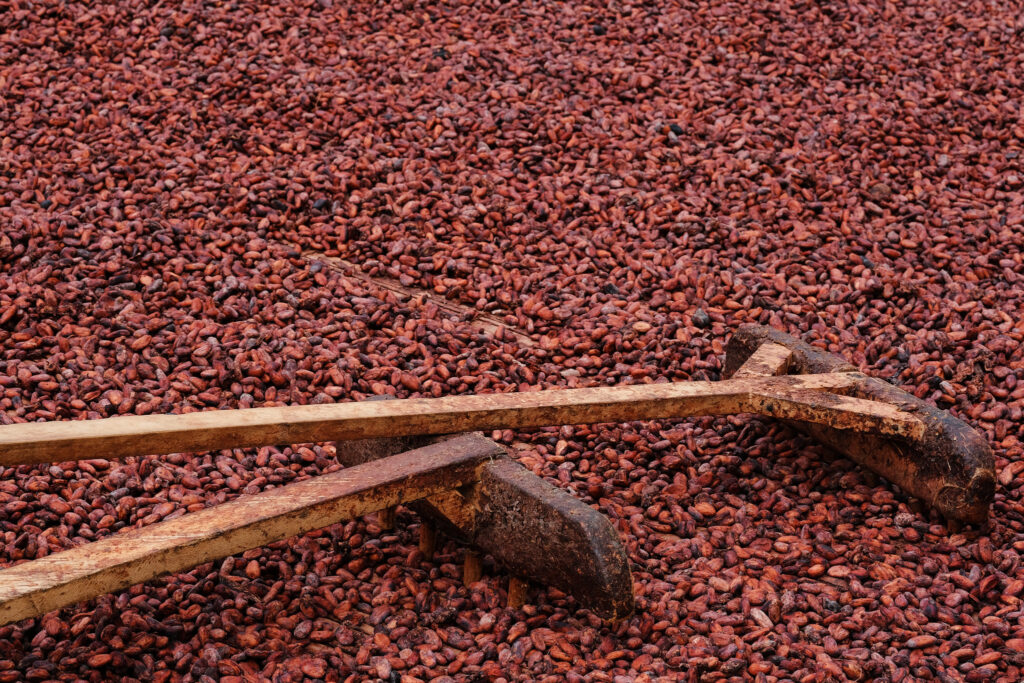
The world is facing the biggest deficit of cocoa in decades. Most cocoa beans are grown in West Africa, where climate change-induced drought has ravaged crops. Harvests are forecasted to fall short for the third consecutive year.
The harvest shortfall has triggered a steep rise in cocoa prices. In fact, cocoa prices have more than doubled in the first four months of this year, and have more than tripled in the past 12 months.
But drought isn’t the only threat: A rapidly spreading virus is also threatening the future of chocolate.
Approximately half of the world’s chocolate originates from cacao trees in Ghana and the Ivory Coast. The Cacao Swollen Shoot Virus Disease is spread by small insects called mealybugs, which eat the leaves, buds, and flowers of cacao trees. The virus is attacking cacao trees in Ghana, resulting in harvest losses of 15-50%.
Pesticides don’t work well against mealybugs. Farmers can vaccinate trees to inoculate them from the virus. But the vaccines are expensive, and the vaccinated trees produce a smaller harvest of cacao.
According to a new paper recently published in the journal PLOS ONE, an international team of researchers has developed a new strategy to combat these pests: using mathematical data to determine how far apart vaccinated trees need to be planted in order to stop mealybugs from hopping from tree to tree. The researchers developed two models that allow farmers to create a defensive ring of vaccinated trees around unvaccinated trees
The research team hopes its models will help farmers protect their crops and achieve better harvests in the future.
**********
Web Links
Cacao sustainability: The case of cacao swollen-shoot virus co-infection
Will rising cocoa prices trigger a chocolate crisis?
Photo, posted April 1, 2019, courtesy of Konrad Lembcke via Flickr.
Earth Wise is a production of WAMC Northeast Public Radio
Leave a Reply